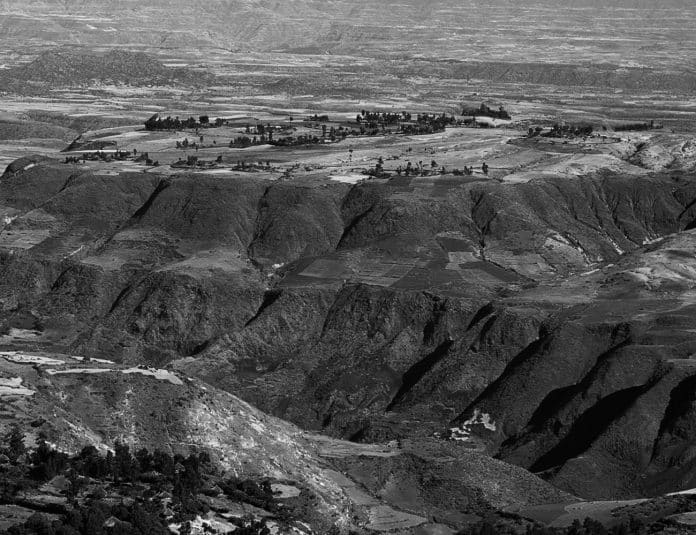Exploring the African Beauty: Discovering the Geographical Location of Tanzania
Are you wondering and asking, which part of Africa is Tanzania located? If so, this article is for you! Welcome to the enchanting world of Tanzania, a country that boasts breathtaking natural landscapes, diverse wildlife, and a rich cultural heritage. Nestled on the eastern coast of Africa, Tanzania is a hidden gem waiting to be explored.
With its stunning geographical location, Tanzania offers a diverse range of natural wonders, from the magnificent Mount Kilimanjaro to the awe-inspiring Serengeti National Park. Whether you’re a nature lover, an adventure seeker, or a cultural enthusiast, Tanzania has something for everyone.
Unique features of Tanzania’s landscape
Before we delve into the topic and answer your question: which part of Africa is Tanzania located? Let’s discuss the unique features of Tanzania’s landscape. Tanzania’s landscape is a tapestry of varied and unique features that make it a paradise for nature enthusiasts. From the vast savannahs to the towering mountains, the country offers a diverse range of geographical wonders.
The northern part of Tanzania is dominated by the Serengeti Plains, a vast expanse of grasslands teeming with wildlife. This region is home to some of Africa’s most iconic animals, including lions, elephants, and zebras. The Serengeti also hosts the annual wildebeest migration, a spectacle that attracts thousands of visitors every year.
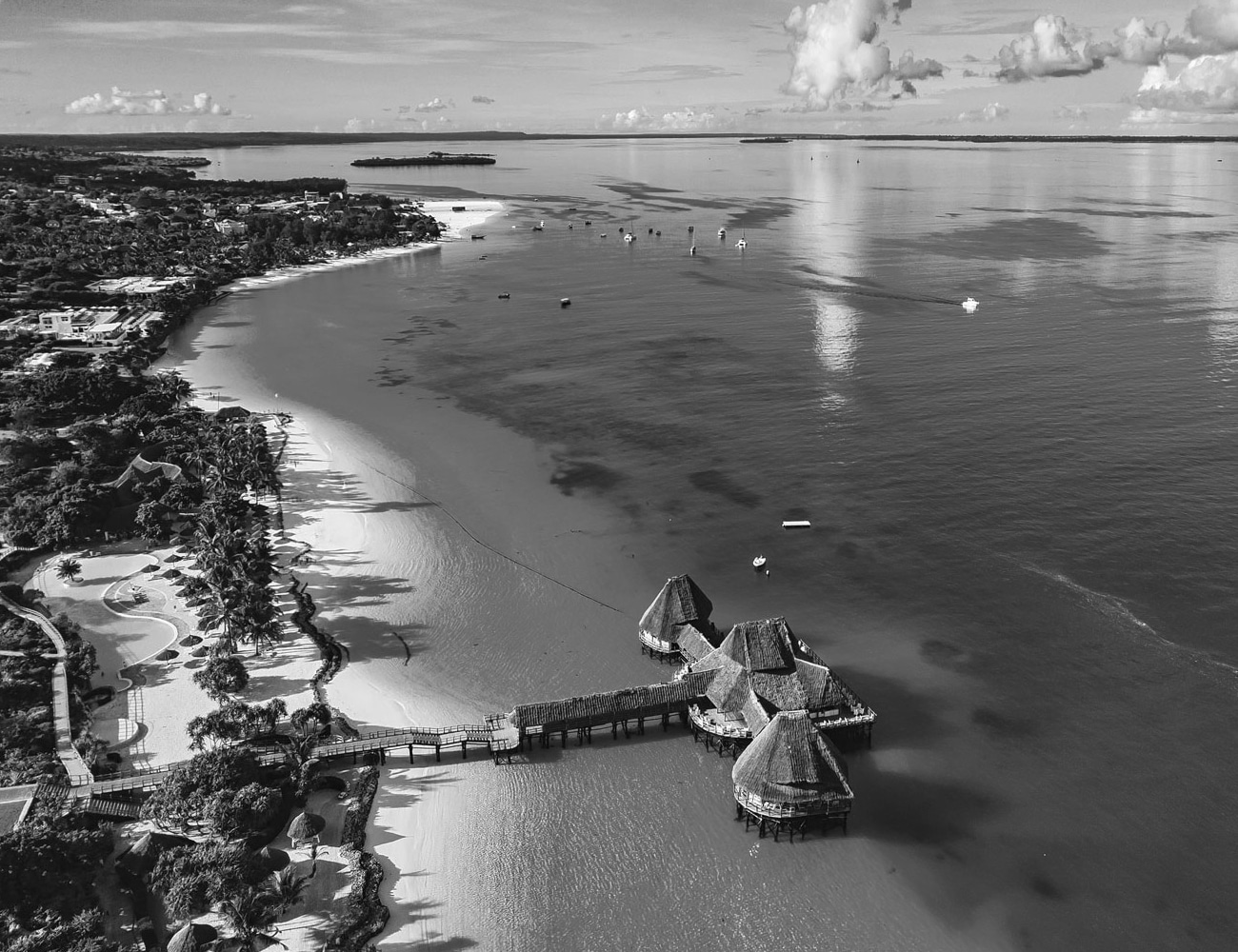
Moving towards the eastern coast, you’ll find the stunning beaches and coral reefs of Zanzibar. This tropical paradise offers crystal-clear waters, white sandy beaches, and a rich marine ecosystem. Snorkeling and diving enthusiasts can explore the vibrant coral reefs and swim alongside a colorful array of fish and sea turtles.
In the southern part of Tanzania, you’ll encounter the vast Selous Game Reserve, one of the largest wildlife reserves in Africa. This UNESCO World Heritage Site is home to a diverse range of wildlife, including elephants, buffalos, and hippos. The reserve also boasts a network of rivers and lakes, making it a haven for birdwatchers.
Geographical regions of Tanzania
Tanzania can be divided into several geographical regions, each with its own unique characteristics. These regions contribute to the country’s diverse landscape and offer a wide range of experiences for visitors.
The northern region is perhaps the most well-known, thanks to the iconic Serengeti National Park and Mount Kilimanjaro. This region is characterized by its savannahs, lakes, and volcanic mountains. It is also home to the Ngorongoro Conservation Area, known for its stunning crater and abundant wildlife.
Moving towards the eastern coast, you’ll find the Zanzibar Archipelago. This region is made up of several islands, including the main island of Zanzibar and the smaller islands of Pemba and Mafia. The archipelago is known for its pristine beaches, vibrant coral reefs, and rich cultural heritage.
In the west, you’ll find the Great Rift Valley, a geological wonder that stretches from the Middle East to Mozambique. This region is characterized by its steep cliffs, deep lakes, and volcanic mountains. Lake Tanganyika, one of Africa’s Great Lakes, is located in this region and is known for its crystal-clear waters and unique biodiversity.
The southern region of Tanzania is less explored but offers its own unique attractions. Here, you’ll find the vast Selous Game Reserve, as well as the remote and untouched Ruaha National Park. This region is known for its abundant wildlife and stunning landscapes, offering a more off-the-beaten-path experience. Now that you have the answer to the question: which part of Africa is Tanzania located in let’s discuss famous landmarks in the country.
Mount Kilimanjaro – Africa’s highest peak
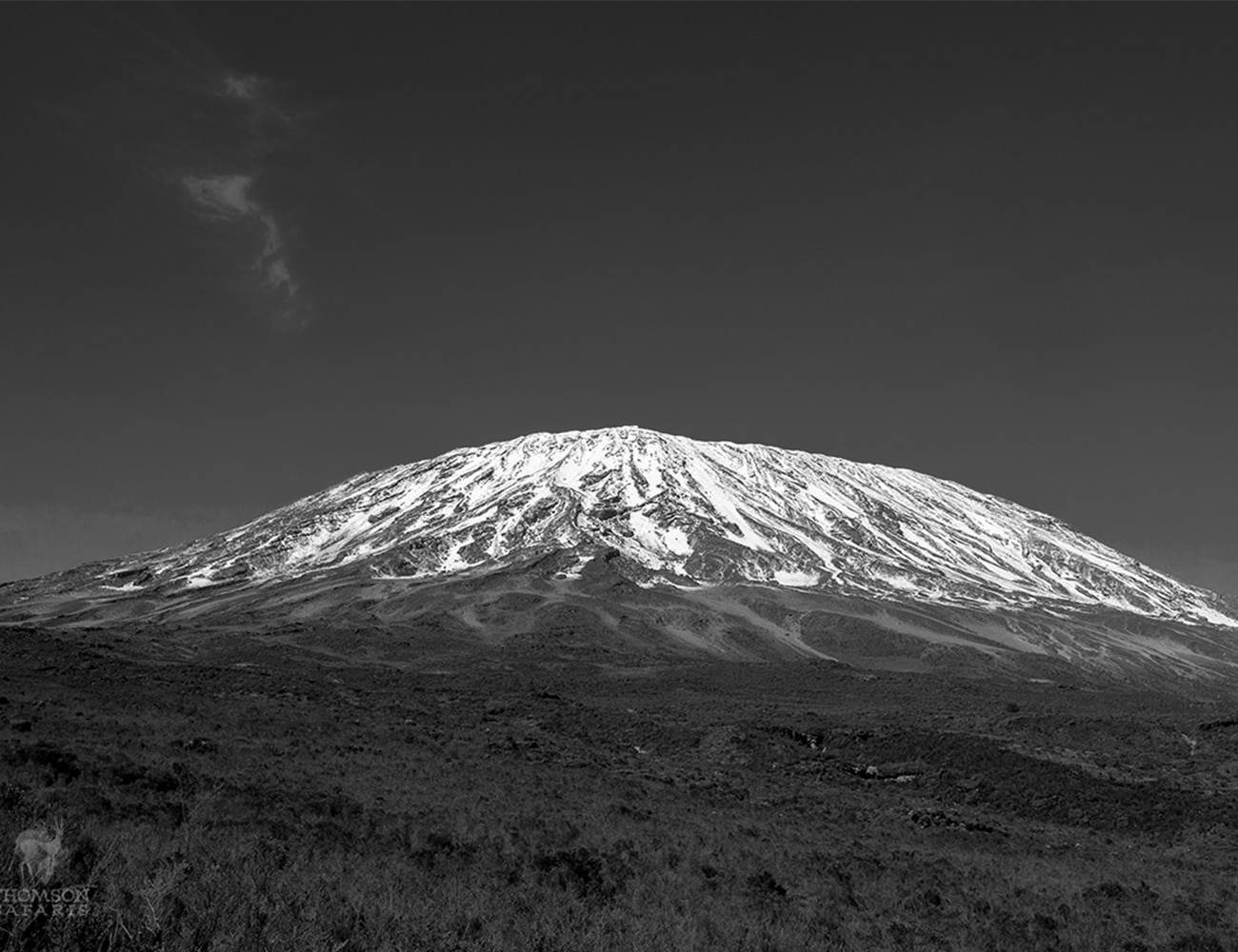
No exploration of Tanzania’s geographical wonders would be complete without mentioning Mount Kilimanjaro. Rising majestically to a height of 5,895 meters (19,341 feet), Kilimanjaro is the highest peak in Africa and one of the most iconic mountains in the world.
Located in the northeastern part of Tanzania, Mount Kilimanjaro is a dormant volcano with three volcanic cones: Kibo, Mawenzi, and Shira. Climbing Kilimanjaro is a popular adventure activity, attracting thousands of climbers from around the world each year.
The mountain offers several trekking routes, each with its own unique scenery and challenges. The Marangu route is the most popular and well-established, while the Machame route is known for its stunning landscapes and diverse ecosystems. Whichever route you choose, reaching the summit of Kilimanjaro is a truly unforgettable experience.
Serengeti National Park – A wildlife paradise
Serengeti National Park is undoubtedly one of Tanzania’s most iconic attractions. Spanning an area of over 14,750 square kilometers (5,700 square miles), the park is a haven for wildlife and offers some of the best game viewing opportunities in Africa.
The Serengeti is known for its vast open plains, home to a diverse range of animals, including lions, elephants, giraffes, and wildebeests. The park is also famous for its annual wildebeest migration, a natural phenomenon that sees millions of wildebeests and zebras travel across the plains in search of greener pastures.
Embarking on a game drive through the Serengeti is an exhilarating experience. As you traverse the savannah, you’ll have the opportunity to spot the Big Five (lions, elephants, buffalos, leopards, and rhinos) as well as a multitude of other wildlife species. The park’s stunning landscapes and abundant wildlife make it a photographer’s paradise.
The Great Rift Valley – Tanzania’s geological wonder
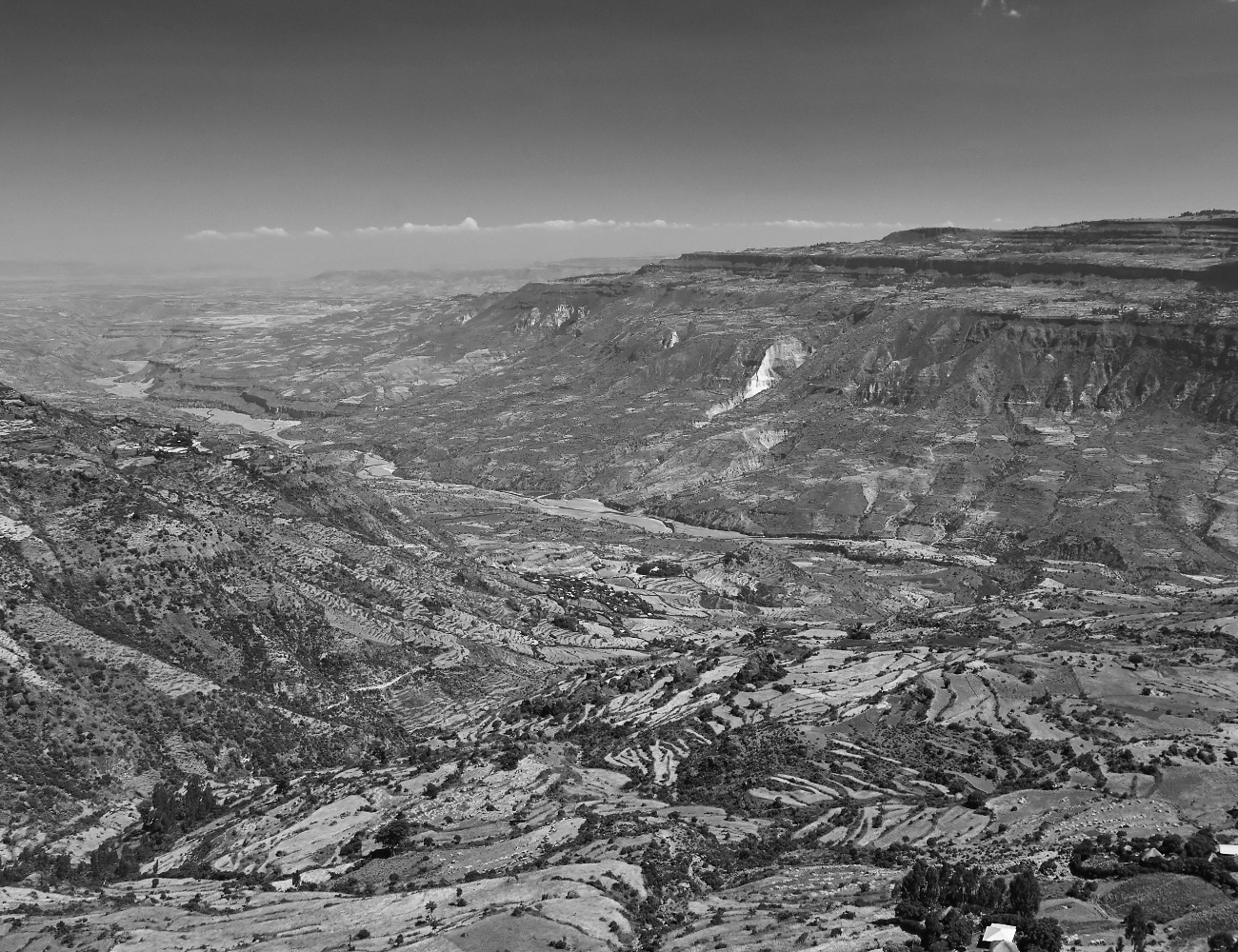
Stretching over 6,000 kilometers (3,700 miles) from the Middle East to Mozambique, the Great Rift Valley is a geological wonder that runs through Tanzania. This massive trench is formed by the movement of tectonic plates and is characterized by its steep cliffs, deep lakes, and volcanic mountains.
Tanzania is home to several stunning features of the Great Rift Valley, including Lake Manyara and Lake Eyasi. Lake Manyara National Park is known for its tree-climbing lions and vast flocks of flamingos, while Lake Eyasi is a cultural hotspot, offering visitors the opportunity to interact with the Hadzabe and Datoga tribes.
The Ngorongoro Conservation Area, located in the Rift Valley, is another must-visit destination. This UNESCO World Heritage Site is home to the Ngorongoro Crater, a massive volcanic caldera that is teeming with wildlife. The crater offers breathtaking views and incredible game viewing opportunities.
Zanzibar – The tropical paradise of Tanzania
If you’re in search of sun, sand, and crystal-clear waters, look no further than the tropical paradise of Zanzibar. Located off the coast of mainland Tanzania, Zanzibar is an archipelago known for its stunning beaches, vibrant coral reefs, and rich cultural heritage.
The main island of Zanzibar, also known as Unguja, offers a range of activities for visitors. Explore the narrow streets of Stone Town, a UNESCO World Heritage Site, and immerse yourself in the island’s history and culture. Visit the spice plantations and learn about Zanzibar’s role in the spice trade. And, of course, don’t miss the opportunity to relax on the island’s pristine beaches and swim in the turquoise waters.
For those seeking adventure, the smaller islands of Pemba and Mafia offer excellent diving and snorkeling opportunities. Discover the vibrant coral reefs, swim alongside tropical fish, and explore the underwater caves and drop-offs. These islands offer a more secluded and off-the-beaten-path experience compared to the main island of Zanzibar.
Lake Victoria – Africa’s largest lake
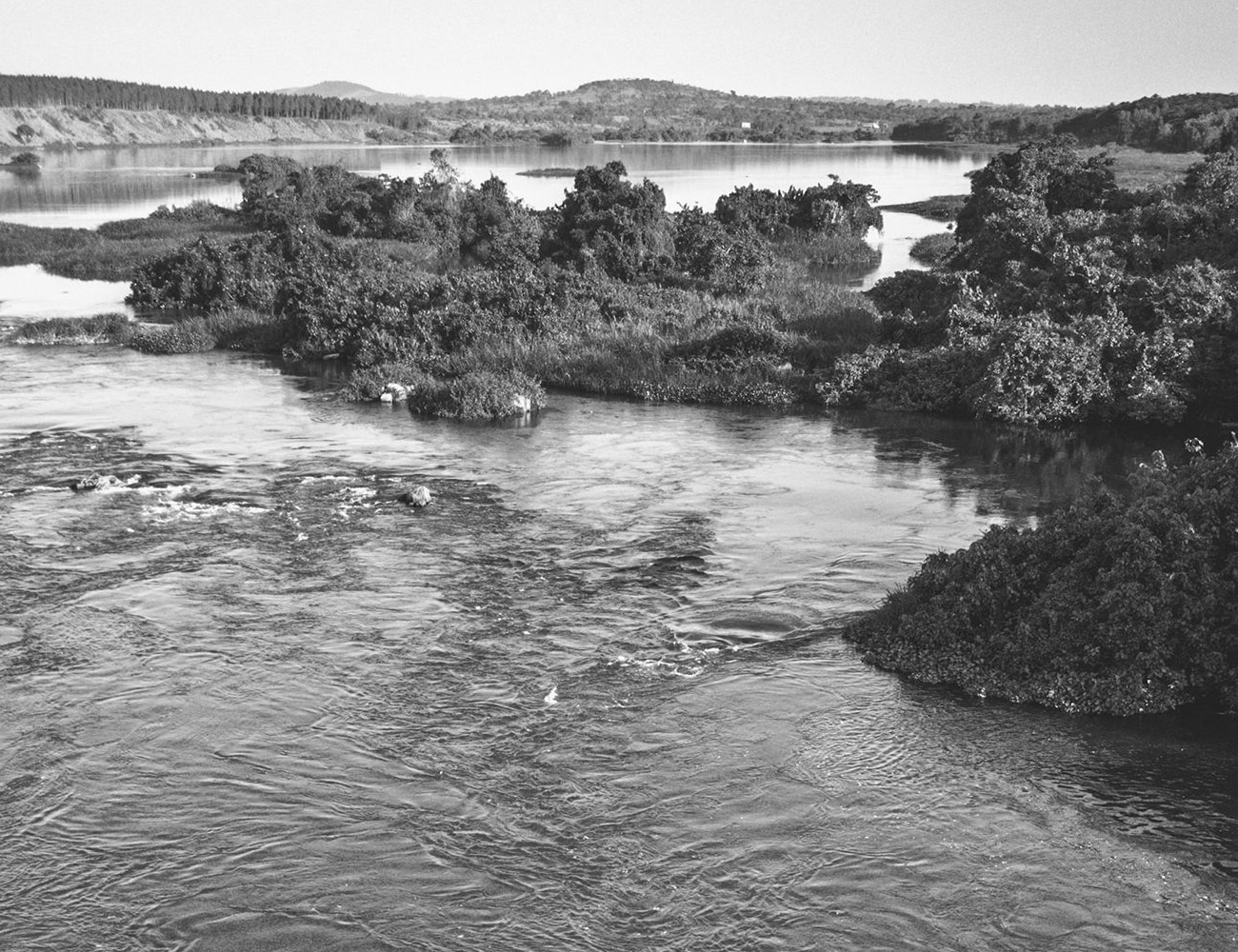
Nestled in the northwestern part of Tanzania, Lake Victoria is Africa’s largest lake and the world’s second-largest freshwater lake. Shared by Tanzania, Uganda, and Kenya, Lake Victoria is a natural wonder that offers a range of activities for visitors.
The lake is known for its stunning sunsets, tranquil waters, and abundant birdlife. Take a boat trip on the lake and explore the surrounding islands, such as Rubondo Island National Park, which is home to a diverse range of wildlife, including chimpanzees and elephants.
Lake Victoria is also a paradise for fishing enthusiasts. The lake is home to a variety of fish species, including Nile perch and tilapia. Join a fishing expedition and try your hand at catching your own dinner, or simply enjoy the serene beauty of the lake as you relax on its shores.
Conservation efforts in Tanzania
Tanzania is committed to preserving its natural wonders and has implemented various conservation efforts to protect its wildlife and ecosystems. The government has established a network of national parks, game reserves, and marine protected areas to safeguard the country’s biodiversity.
Organizations such as the Tanzania Wildlife Research Institute and the Tanzania National Parks Authority work tirelessly to monitor and protect the country’s wildlife and habitats. These efforts are crucial in ensuring the long-term sustainability of Tanzania’s natural resources.
Additionally, local communities play a vital role in conservation efforts. Many lodges and tour operators in Tanzania actively involve local communities in ecotourism initiatives, providing them with economic incentives to protect their natural surroundings. This sustainable approach to tourism helps to create a positive impact on both the environment and the local communities.
A diverse and breathtaking country
In this article, we have answered your question: which part of Africa is Tanzania located? Tanzania is a country that truly captivates the senses. From the snow-capped peak of Mount Kilimanjaro to the vast plains of the Serengeti, from the pristine beaches of Zanzibar to the depths of the Great Rift Valley, Tanzania offers a diverse range of geographical wonders.
But it’s not just the landscapes that make Tanzania special. The warmth and hospitality of the Tanzanian people, the rich cultural heritage, and the commitment to conservation make this country a truly unique and unforgettable destination.
So, whether you’re seeking adventure, relaxation, or cultural immersion, Tanzania has it all. Embark on a safari through the Serengeti, climb to the summit of Kilimanjaro, or simply unwind on the beaches of Zanzibar. Discover the geographical wonders of Tanzania and let this African beauty leave a lasting impression on your heart and soul.
For more articles related to Geography of Tanzania, click here!
























